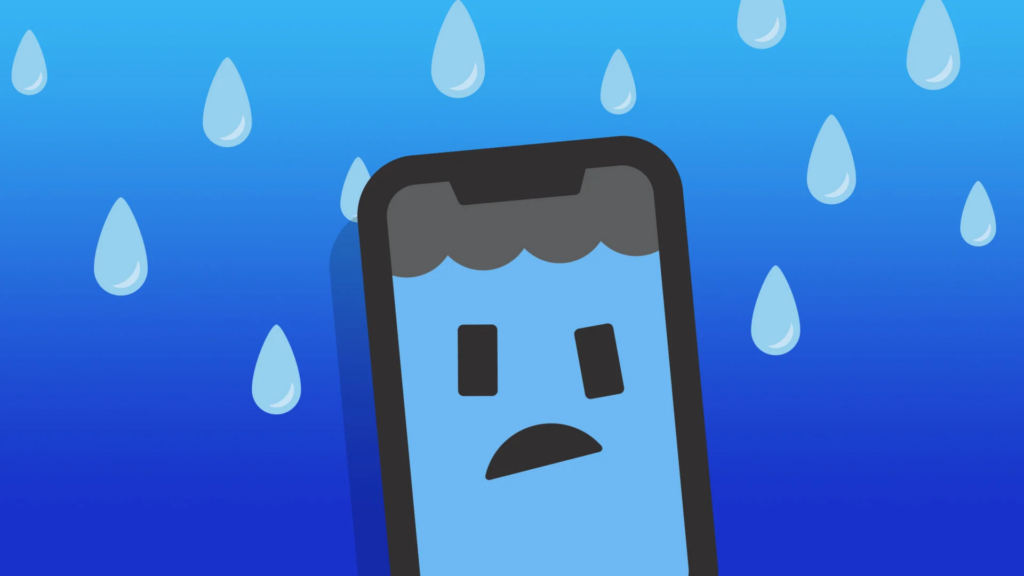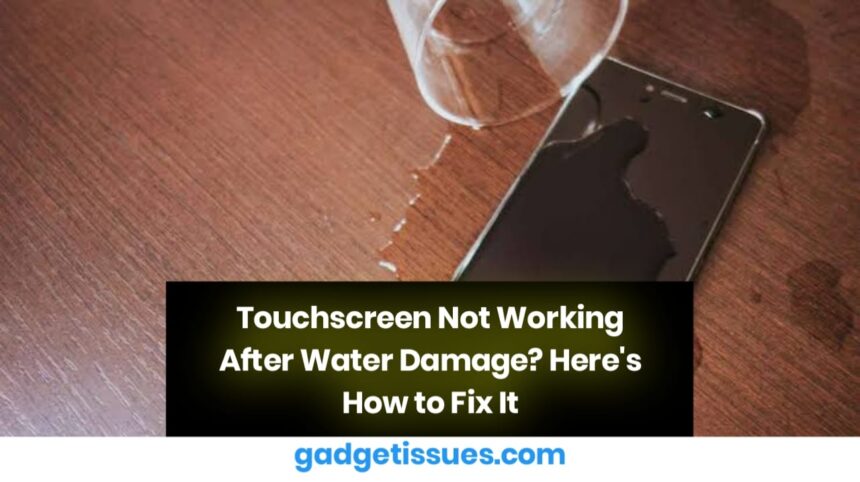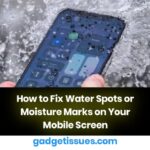If your mobile touchscreen has stopped working after coming in contact with water, don’t worry—there may still be ways to revive it. Water damage is one of the most common causes of touchscreen failure, especially if the device wasn’t waterproof or if water seeped into critical areas.
Contents
What Happens After Water Damage?
- Short-circuits inside the screen components
- Corrosion of connectors and internal circuits
- Moisture trapped inside the display
Immediate Steps to Take
- Turn Off the Phone Immediately
- Press and hold the Power button until the phone shuts down. Do not attempt to restart it.
- Do NOT Charge It
- Charging a water-damaged device can cause severe short-circuits.
- Remove Case, SIM & SD Card
- Take off any covers and eject removable parts to allow better airflow.
- Dry It Using Silica Gel or Rice
- Place the phone in a ziplock bag with silica gel packets or uncooked rice for at least 48 hours.

- Use an External Touchscreen Tool (if needed)
- If the touchscreen is still unresponsive, try connecting a USB OTG cable with a mouse to back up data.
- Don’t Use Hairdryers or Ovens
- High heat can permanently damage internal circuits.
What If Touchscreen Still Doesn’t Work?
- Visit a certified service center for water-damage inspection.
- They may replace the digitizer, LCD, or clean corrosion using ultrasonic tools.
Pro Tips to Prevent Future Damage
- Use a waterproof case if you’re near pools, rain, or beaches.
- Consider phones with an IP68 rating for better water resistance.
- Enable cloud backups in case you ever lose access again.
Also Read : Why Magic Mouse Cursor Does Not Move? How to Fix It





